"Advanced" of data analysis
Author:Bridge magazine Time:2022.07.28

In the operation and maintenance of the bridge, it is very important to play the role of the bridge structure health monitoring system. In order to enable the system to meet the requirements of real -time analysis and real -time prediction, the technical level of the system must be continuously improved and the current latest technology is used to enhance the function and efficiency of the system. The time series database is the basis of the most used database in the recent big data analysis. It is the basis for the analysis and prediction of time sequence data. It is necessary to apply it to the structural health monitoring system. The development of domestic highway bridge structure monitoring systems began ten years ago. At that time, the computer software industry only had relational databases such as Oracle and SQL Server. The time sequence database has not yet come out. In terms of monitoring system, it is just indispensable. Through exploration and practice, technicians have studied and developed the key structure of highway bridge monitoring data platform -Time Sequence Database (TSDB) to improve system technology and role and achieve results.
Data for health monitoring is suspicious
Analysis and prediction of bridge structure security is the most important function of monitoring systems. It is specifically reflected in the system for real -time data collection, real -time analysis, and real -time prediction. The system runs 365 days a year, and the data of various sensors is collected 24 hours a day. The data of these monitoring are time sequence types and do not belong to relational data. Since the current domestic health monitoring system is generally used to store the time sequence data of binary files, the following problems are existing.
File replacement trap
Because the mature non -relational database system was not available at that time, domestic system developers generally used binary timing data files to replace the time sequence database, instead of text files instead of text databases, and even occasionally used relational databases to replace the timing database. Although although although Solve the problem of the system, but expose several disadvantages: 1. Because the data files and software are prepared by each developer, the system is immature and not complete, and the data file function is poor; 2. Data files are regularly stored in accordance with time interval between time interval. (For example, each sensor is one file per hour), it cannot be analyzed and predicted in real time, and can only be processed offline; 3. Due to file transmission, data files and text files transmit them in the network slowly, low effect, or even stagnation phenomenon in the network Essence These problems have not been solved for a long time, making the system's effect poor.
No analysis and prediction function
At present, most domestic monitoring systems have not opened analysis and prediction functions. On the one hand, the current data analysis is mainly completed by manual, and has not been approved and analyzed in the first time. On the other hand, data analysis is mainly based on the data itself, and it cannot be intelligently fused with bridge physical models. To achieve these functions, the time sequence theory and algorithm need to be applied to prepare software in the system.
Lack of unified standards
Since the software of each developer is developed by itself, the single -bridge system is established. The structure of each bridge has different structures and different demand, so the software is also diverse, and there are great differences. The concept of bridge cluster management has reached a consensus in the industry. In the future, it will gradually realize the operating mode of a network and even a network in the country, so it is important to establish a unified data platform. The unified standard for establishing a data platform is to keep the data structure consistent, that is, the need to unify the time sequence database to keep its structure consistent.
Grasp the starting point of big data analysis
The time sequence database is mainly used to process data with time tags (changes in the order of time, serialization of time serialization). Data collection, storage and transmission are the most basic tasks of monitoring systems and the key to ensuring data quality. It has the characteristics of large data volume, fast speed, and wide distribution. Each data can be collected in real time, real -time storage and real -time transmission. In addition, each bridge generally has hundreds of sensors, while the platform can cover dozens of or even hundreds of bridges.
Timing database structure
The time sequence database structure of the health monitoring system mainly includes two important parts: TimesStamp and sample value. The size, length and type of the two parts can be set according to actual needs. For database structures and storage, see Figure 1, 2 and Figure 3.
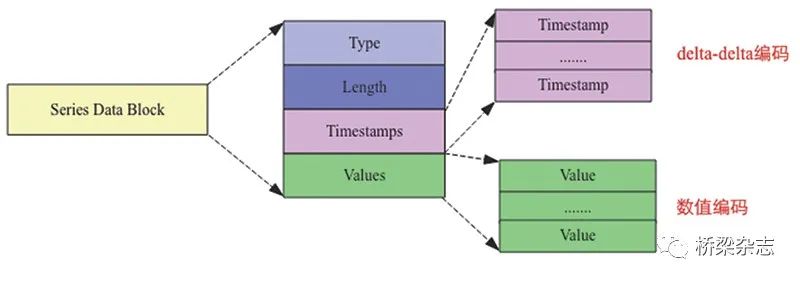
Figure 1 Time series Database Data Structure Schematic diagram

Figure 2 Time serial database sensor table structure schematic diagram
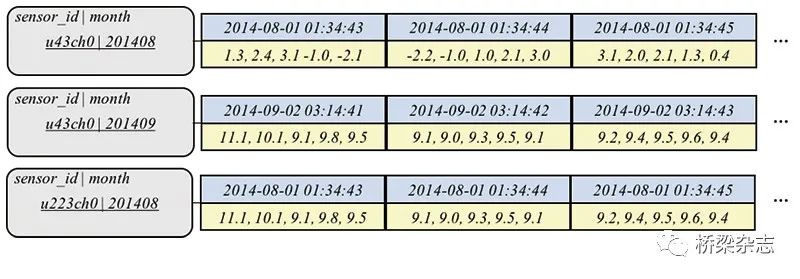
Figure 3 Time serial database sensor storage structure schematic diagram
The open source, high -performance INFLUXDB timing database software (see Figure 4), which has the characteristics of high -performance reading and writing, high -efficiency storage and real -time analysis, ecological richness, and powerful functions of data.
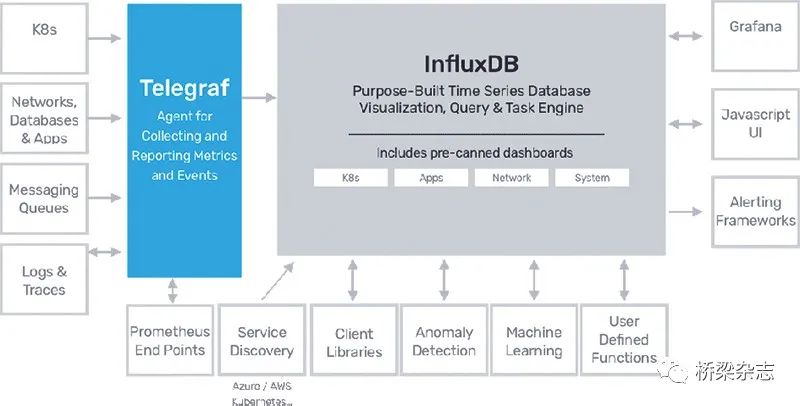
Figure 4 Influxdb database software schematic diagram
The storage data is based on the actual sampling frequency of the sensor, and the specific sensor collection data setting is shown in Figure 5 (only part of the example).
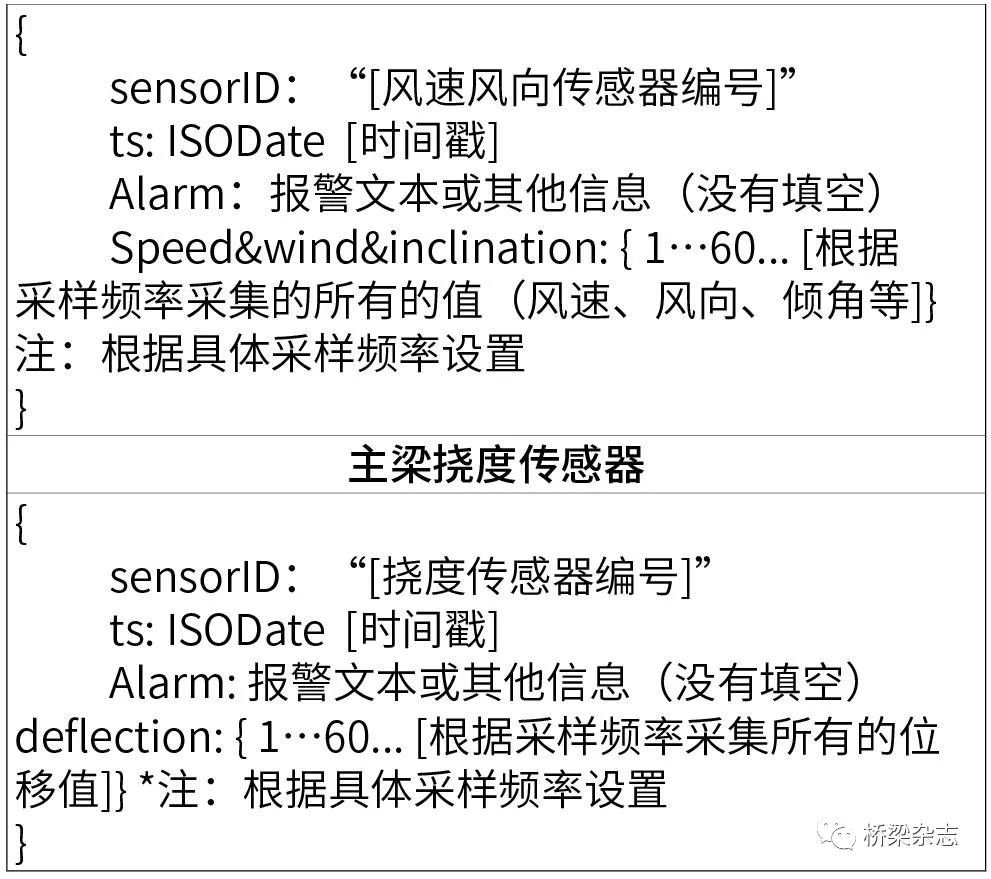
Figure 5 Use timing database to perform sensor collection data setting schematic diagrams
Data conversion
Convert timing file data into database data. The above is the health monitoring database structure set by the new timing database. Researchers also need to convert the existing health monitoring system timing data file into a new timing database. At present, most domestic health monitoring systems are replaced by the timing database by setting up timing files. The collected data uses binary files to store, and intermediate computing and processing information, and alarm information use text files to store. For a small amount of data storage data for a small amount of relational database storage, this article will not be explained. The existing binary data file structure display is shown in Figure 6. Figure 6 Binary data file structure in the health monitoring system
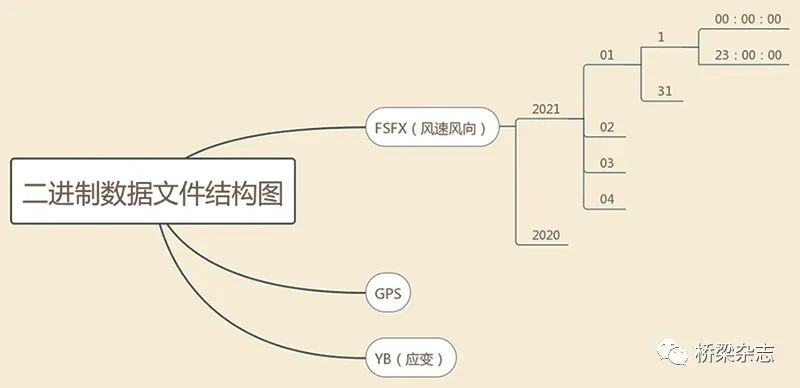
At present, when using binary data file storage structures, first establish a subdirectory on the computer disk used, such as: each sensor directory, etc., and then set up a "Nianzi Directory" in the sensor subdirectory, and then set up "confinement children under it under it. Directory ", and" Directory "and" Shito Directory "are opened according to this. Take one hour as a file, such as: zero and zero -seconds start until 0.9 minutes and 59 seconds. It can be seen from Figure 6 that the existing data file structure is very close to the structure of the timing database. According to the above -level database configuration, the conversion software can be prepared to directly convert the historical data collected by the original health monitoring system to the time order database. And store in it. The time sequence database is the basis for establishing a big data analysis platform for long bridge health monitoring. Study and develop time sequence databases from a single bridge health monitoring system to the data platform to meet the needs of massive data and the needs of artificial intelligence and big data analysis.
Intelligent future
With the continuous upgrading and development of new technologies, the function of the time sequence database is becoming stronger. Through the research and development of technical personnel, the use of time sequence database will greatly improve the efficacy of the long bridge structure health monitoring system and data platform, so that the system can truly realize real -time real -time real -time real -time real -time real -time Collecting, real -time storage, real -time transmission, and real -time analysis, test applications have achieved joy. At the same time, due to the analysis and prediction function of the time sequence data itself, the research team also made a lot of time -order data prediction attempts, established prediction algorithms and models, and compiled software. After a period of operation, it continuously improved the model and training. The degree of artificial intelligence of the structural monitoring system continues to improve, and it also plays a greater role in further intelligent management. Recently, Google has released an explanatory deep learning method for time sequence prediction, which is published in "International Journal of ForeCasting". Deep learning models based on attention can be used for multi -level prediction TFTs. It aims to effectively match the model with universal multi -level prediction tasks to achieve excellent accuracy and interpretability. At present, the relevant team is studying how to apply it to the system.
This article is published in this article / "Bridge Conservation and Operation" magazine 2022 The 2nd issue of the 18th issue of the 18th issue / Zhang Likui author unit / Anhui Transportation Holding Group Co., Ltd.
- END -
In summer, my family often eats, vegetarian and vegetarian matching, spicy appetizers, and internal people often eat

The time passed quickly, and in the blink of an eye, it came to summer, and the ch...
Crossing Shanhai, this female college student rushed to Xinjiang "Volunteer Service West"

Cover reporter Su DingweiIt took a long time to do something unforgettable for a y...